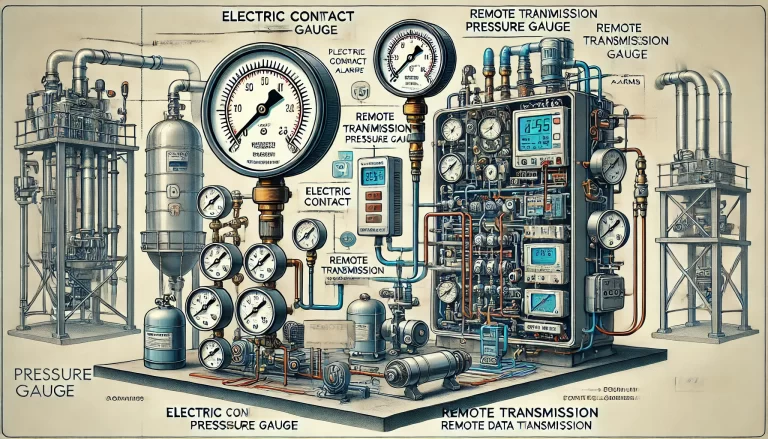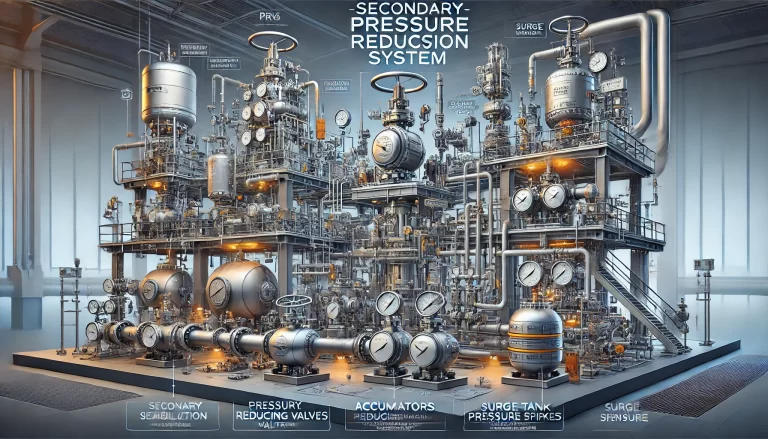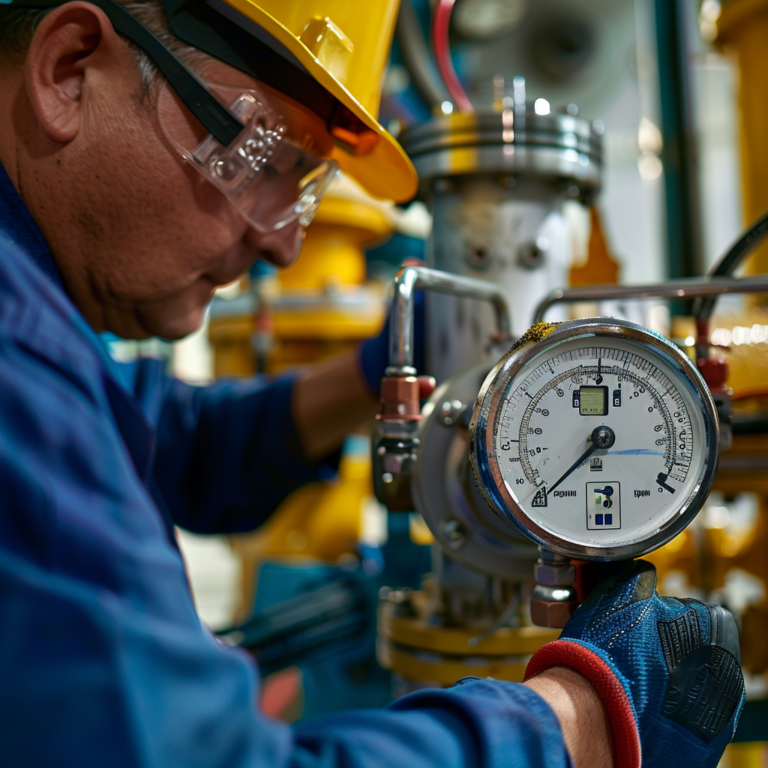Pressure measurement is an essential part of many industrial and scientific processes. Depending on the type of pressure gauge, measurements are made relative to different reference points: absolute vacuum, atmospheric pressure, or a sealed reference chamber. The question arises: can an absolute pressure gauge with a range of 0–100 kPa be used to measure negative pressure? The short answer is no—not directly. Let’s explore why this is the case and what alternatives exist.
Understanding Absolute Pressure
Absolute pressure is measured relative to a perfect vacuum (zero pressure). A gauge calibrated for absolute pressure will always display a positive value, starting from 0 kPa (complete vacuum) to the upper limit of its range. In the case of a 0–100 kPa absolute pressure gauge, it measures pressures from absolute vacuum (0 kPa) up to 100 kPa, which is slightly below typical atmospheric pressure at sea level (about 101.3 kPa).
Negative pressure in this context would refer to pressures below the reference point of atmospheric pressure. However, since an absolute pressure gauge cannot display pressures less than 0 kPa, it cannot measure or display “negative pressure” relative to atmospheric pressure.

The Concept of Negative Pressure
Negative pressure usually refers to a condition where the pressure is lower than atmospheric pressure. This is commonly measured using a gauge pressure scale, where atmospheric pressure is set to zero. For example:
- A vacuum system operating at 80 kPa below atmospheric pressure would have a gauge pressure reading of -80 kPa.
- However, the absolute pressure in the same system might be around 21.3 kPa (101.3 kPa – 80 kPa), depending on local atmospheric conditions.
This distinction highlights the need for appropriate instrumentation. An absolute pressure gauge is unsuitable for applications where negative pressure relative to atmospheric pressure needs to be displayed directly.
Why the Absolute Pressure Gauge (0–100 kPa) Cannot Display Negative Pressure
- Calibration Reference: Absolute pressure gauges are referenced to a vacuum, meaning they cannot show pressures below 0 kPa. Any pressure lower than the vacuum (which is physically impossible) is outside the gauge’s operational capability.
- Display Limitation: The range of a 0–100 kPa absolute pressure gauge is inherently non-negative, as its design does not account for pressures below absolute zero.

Alternatives for Measuring Negative Pressure
If you need to measure negative pressure, relative to atmospheric pressure, here are your options:
Gauge Pressure Gauge
- A gauge pressure sensor measures pressure relative to atmospheric pressure.
- It can display both positive values (above atmospheric pressure) and negative values (below atmospheric pressure). For instance, a gauge with a range of -100 kPa to 0 kPa would be ideal for vacuum systems.
Vacuum Gauge
- Vacuum gauges are specifically designed to measure low pressures, typically below atmospheric pressure. These gauges often provide readings in terms of “negative pressure” relative to the atmosphere.
Differential Pressure Sensor
- These sensors measure the difference between two pressures and can be used to determine how much lower a system’s pressure is compared to atmospheric pressure.
Calculate Negative Pressure Using an Absolute Pressure Gauge
- If you only have an absolute pressure gauge, you can calculate the negative pressure relative to atmospheric pressure using this formula:
Negative Pressure (Gauge Pressure) = Absolute Pressure – Atmospheric Pressure - For example, if the absolute pressure reads 80 kPa and the atmospheric pressure is 101.3 kPa, the negative pressure would be:
80 kPa – 101.3 kPa = -21.3 kPa.
However, this requires knowledge of the local atmospheric pressure, which can vary with altitude and weather conditions.
- If you only have an absolute pressure gauge, you can calculate the negative pressure relative to atmospheric pressure using this formula:

Conclusion
A 0–100 kPa absolute pressure gauge cannot directly measure negative pressure relative to atmospheric pressure because it operates with a vacuum as its reference point and cannot display values below 0 kPa. For applications requiring negative pressure measurements, a gauge pressure sensor or vacuum gauge is recommended. Alternatively, the negative pressure can be calculated using the absolute pressure gauge if the atmospheric pressure is known. Choosing the right instrument ensures accurate and convenient pressure measurement tailored to the specific application.
